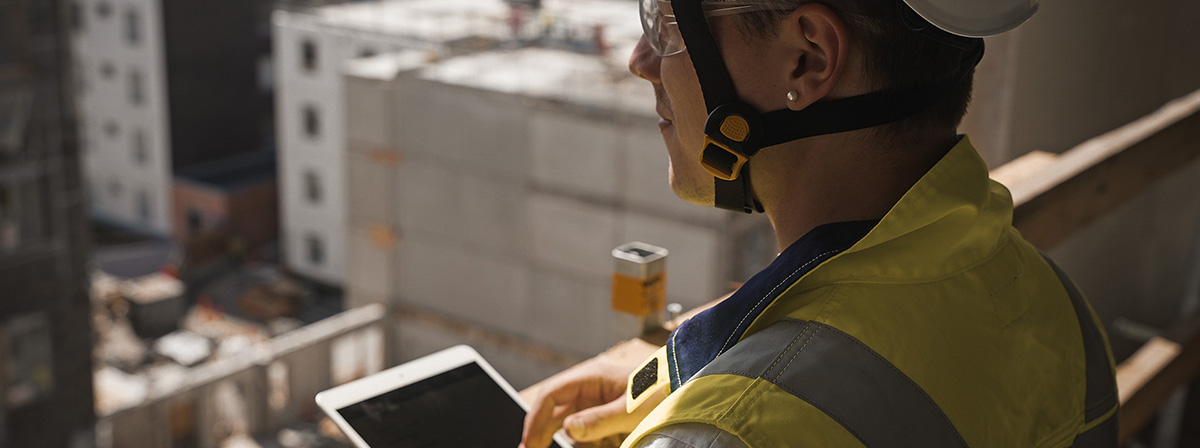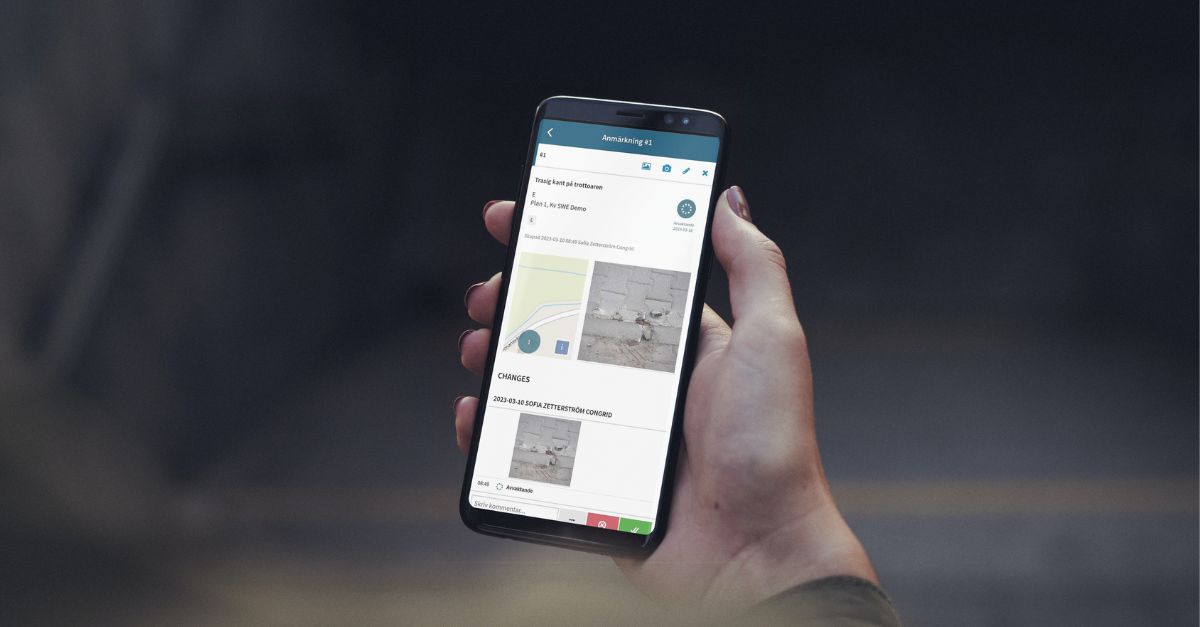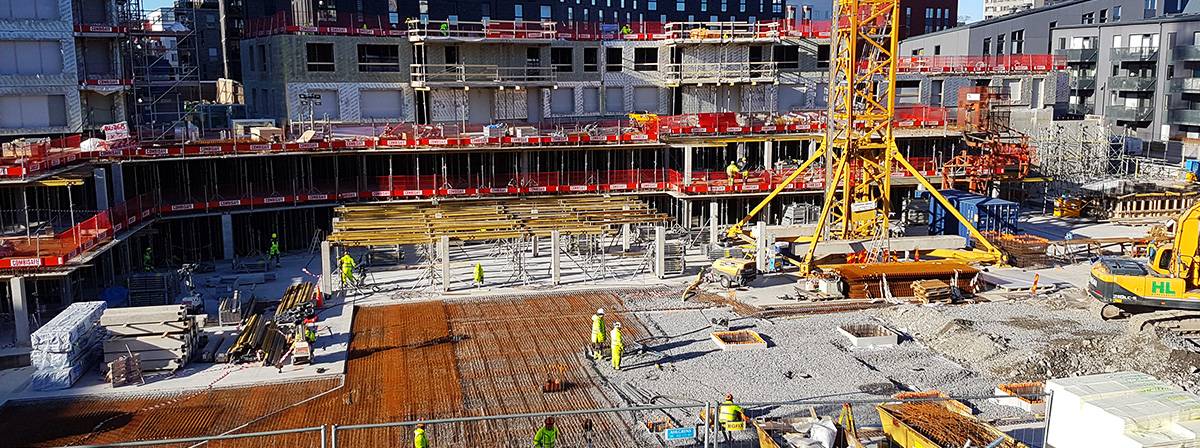The construction industry has begun embracing the advancements of digitalization and now harnesses the power of digital tools and technology to enhance safety at construction sites worldwide. In the Nordics, Finland has come very far with digitalizing both safety and risk management in the construction industry, which has transformed the safety landscape in both Finland and Sweden.
The Finnish way of conducting safety rounds is called TR-measurements.
The safety level recorded with TR-measurements is measured using a general index presented in percentage, with a maximum of 100%. The overall index is based on all correct and incorrect observations. Safety measurement is a legislated and mandatory assessment of the construction site and has had a significant impact on safety over the years.
Safety measurement and the increase in safety rounds
A comparison between 2017 and 2022 reveals a steady increase in the number of safety rounds. The average of all safety measurements reported with Congrid in 2017 had a total index of 93.96%, whereas in 2022, the average had risen to 95.88%.
It is noteworthy that the average number of measurements per week performed with Congrid had significantly increased from 176 measurements to 700 measurements during the corresponding years. This means that the development of the number of measurements has not influenced the readings negatively; rather, the trend is the opposite.
“The attitude towards safety has changed drastically at construction sites. Nowadays, people understand that safety is not only protection for individuals but also for companies,” says Juha Merjama, CEO of Tapaturva Oy, which provides occupational safety training.
The significance of training in improving safety measures
While fundamental knowledge and equipment are well-established at construction sites in Finland, new learning is required through training. Juha Merjama continues:
“The number of observations and the communication of new regulations play a vital role. Educating on the proper handling of safety observations is also crucial to improving the numbers.”
The training is based on measurement exercises where the purpose of safety observation criteria is discussed, and approximately 250 to 300 so-called “borderline situations” are interpreted using videos and images.
“Many people have different opinions and interpretations of what should be reported as a safety observation and when a safety round is correct or incorrect. Sometimes, the overall indexes for observations from two sites may be the same, but there are significant differences in the number of reported safety observations between the two, indicating that the quality of the observations may vary,” explains Juha Merjama.
According to Juha Merjama, the absolute best aspect of a digital tool from a safety perspective is the rapid transfer of information, prompt actions when needed, and the ability to hold the right contractors accountable for performing necessary measures.
Positive development of safety culture in the construction sector
In conclusion, safety rounds from construction sites demonstrate a positive development in the safety culture within the construction sector in recent years. Training and increased awareness have played a crucial role in this development, but there are still challenges in ensuring that reported observations are accurate and that all relevant observations are identified and reported.
Read more about our Congrid solution here.





